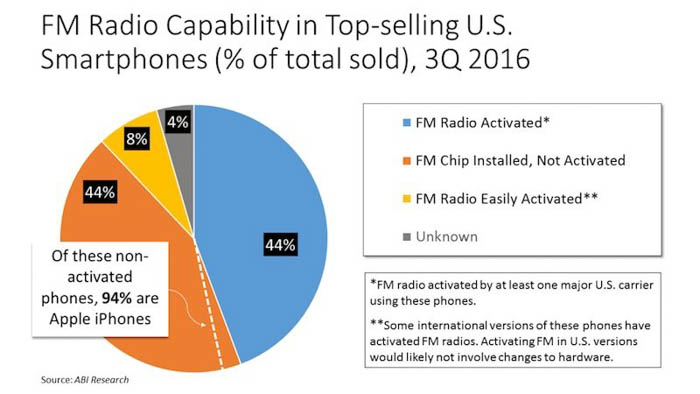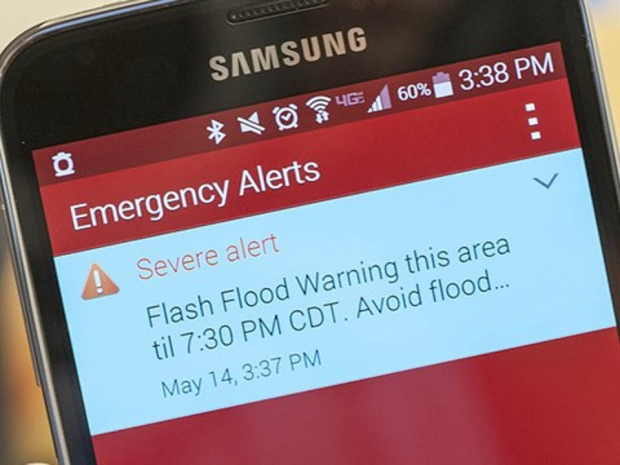Although broadcasters and public safety officials have long urged smartphone makers to universally activate these FM chips, most wireless carriers in developed countries have had little financial incentive to do so because they can make much larger profits from streaming radio apps over mobile data plans. In addition, most wireless carriers have managed the activation process of any new phones over the past three and a half years in an effort to maintain control over sales.
Back in 2006, Intel and Texas Instruments introduced some of the first mobile SoCs for Linux-based phones with FM radio support, ushering in devices like the Motorola Rokr, Sony Ericsson w810 and others with basic radio connectivity. In 2008, the iPhone 3G also became one of Apple’s first mobile devices to support radio connectivity, though the feature was only able to work with the Nike+ app. In other web-connected smartphones, Qualcomm’s Snapdragon SoC combo chip packages have supported FM radio connectivity since at least 2011. Then last year, the quad-core Exynos 7570 became Samsung’s first LTE modem with built-in FM capability.
At stake now is an effort by the latest FCC administration and public safety groups to activate the FM receivers on the grounds that they would enable less congestion during emergency broadcast alerts, would consume provide far less battery drain, and would allow individuals to receive emergency alerts in areas of relatively little or no reception.
FM uses far less battery life, less data congestion
Ajit Pai, the Federal Communication Commission’s newly appointed chairman, wants to encourage US wireless carriers to have their FM chipset features activated as part of a method of preserving battery life during emergency broadcasts. He contends that using built-in FM radios to receive these alerts would alleviate some of the congestion problems when too many people are connected to the wireless networks.
FCC does not have authority to issue mandate
While he is keen on getting manufacturers and wireless carriers to enable radio broadcast features, he has no intention to force the industry to enable FM and still wants to let the market decide what’s best. Some carriers, including AT&T and Sprint, have already activated the FM radio in several Android devices, and this has contributed to roughly a 25 percent increase in enabled devices in the US from two years ago.
"You could make a case for activating chips on public safety grounds alone," added Pai. "The former head of our Federal Emergency Management Administration has spoken out in support of this proposal.” However, as a supporter of free-market economics and the rule of law, he cannot support a government mandate to require activation of the feature, nor does he think the FCC has authority to issue such a requirement.
According to the latest research from ABI Research, Apple remains one of the biggest holdouts to enabling emergency alerts over radio, as 94 percent of all non-activated devices sold in the US in Q3 2016 were iPhones.




